Key Standards and Concepts for Metal Part Surface Roughness
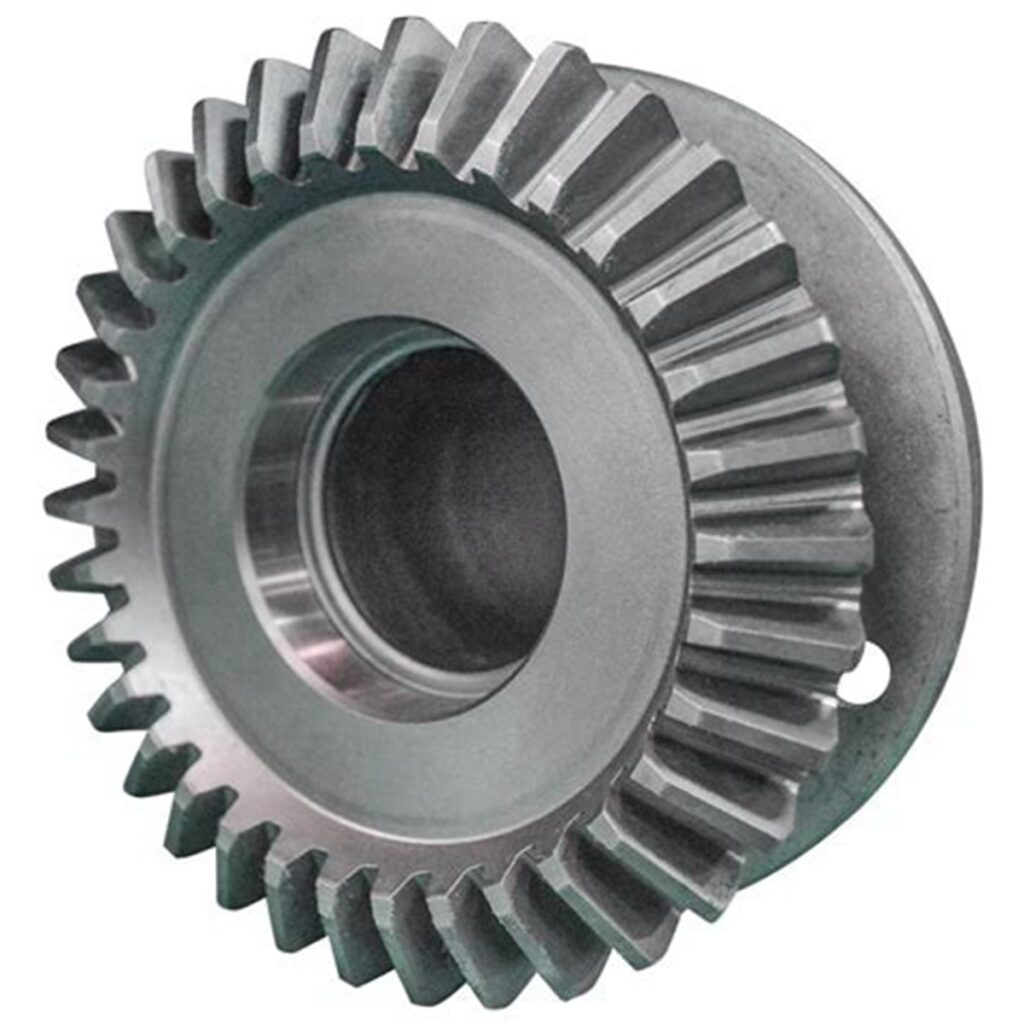
Here’s an overview of key standards and concepts for metal part surface roughness. Core Standards Organizations: ISO (International Organization for Standardization): The primary global source. ISO 21920-1:2021: Geometrical product specifications (GPS) — Surface texture: Profile — Part 1: Indication of surface texture in technical product documentation (Replaces ISO 1302:2002). This is the fundamental standard for specifying roughness symbols, parameters, and […]
Process Comparisons of Sand Blasting & Bead Blasting
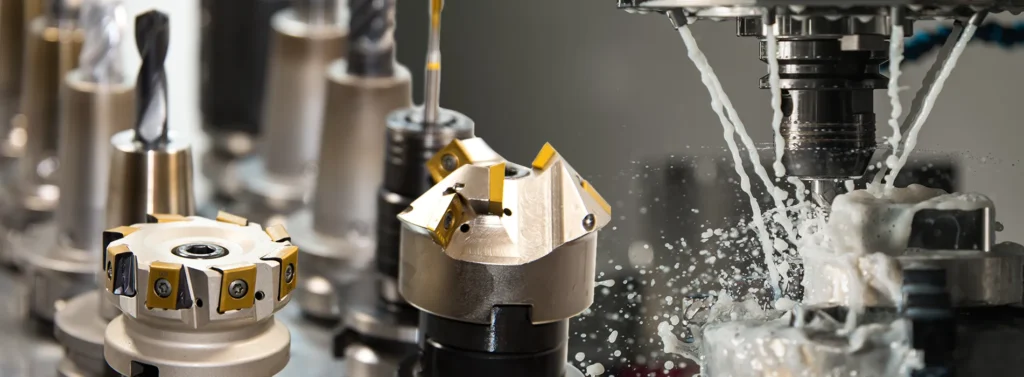
Media & texture Sand uses sharp, angular particles, which cut into surfaces. This makes it ideal for aggressive cleaning but also more likely to cause surface damage. Beads are round and impact the surface gently. They clean and polish without removing much base material. Pressure & speed Sand blasting uses higher pressures, making it faster […]
Equipment Used for Magnetic Particle Inspection (MPI)
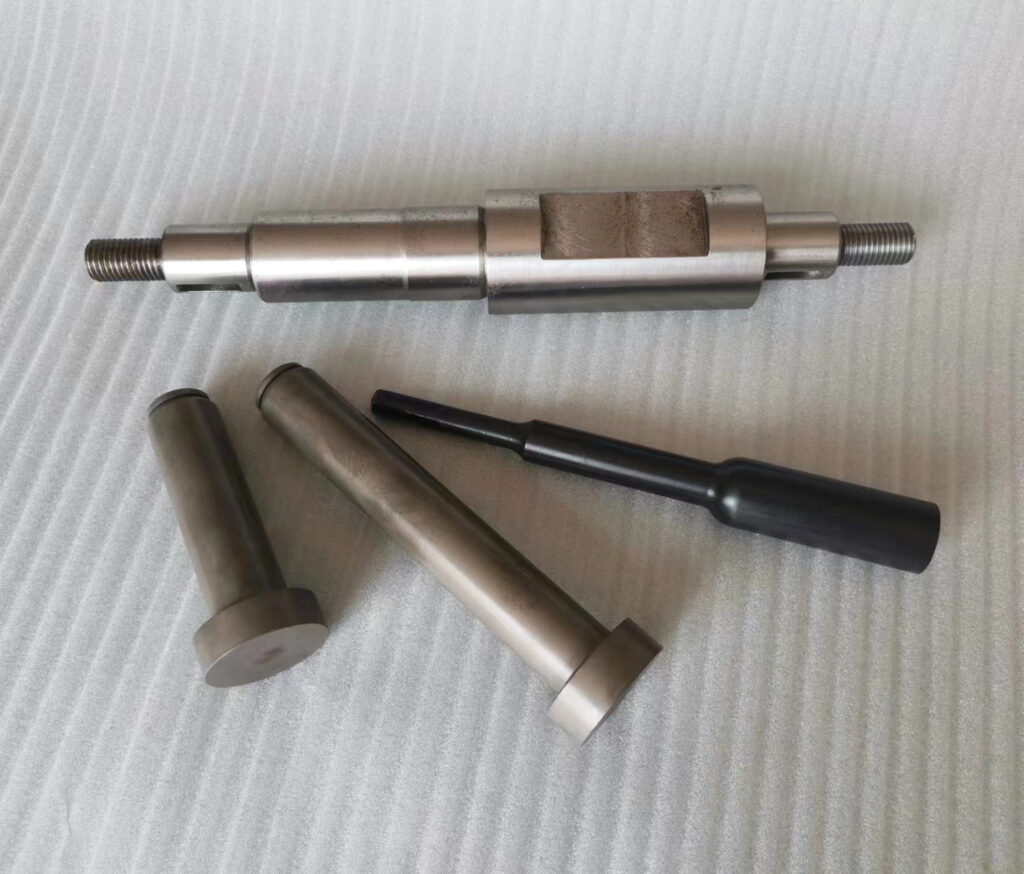
Here’s an overview of equipment used for Magnetic Particle Inspection (MPI), a non-destructive testing (NDT) method for detecting surface and near-surface flaws in ferromagnetic materials: Core Components & Equipment Types: Magnetization Power Sources: Portable Power Packs (Battery or Mains): Compact, versatile units (often 500A-10,000A output) for field use. Supply current for prods, coils, cables, or central […]
What Is Bead Blasting?
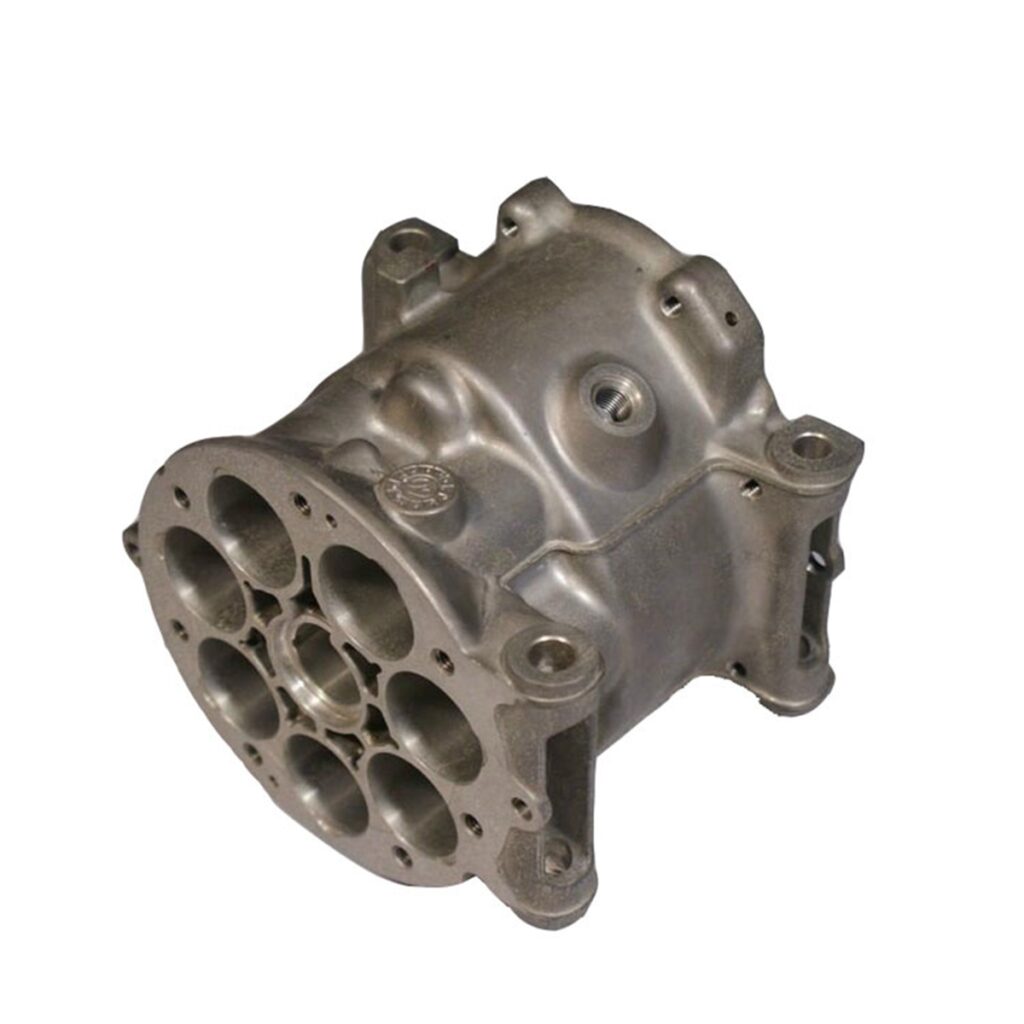
Bead blasting uses small, spherical beads, which are propelled under compressed air to gently clean or finish a surface. Media Types Glass beads are the most common media. They leave a soft, satin look. Ceramic beads are harder. They last longer and clean deeper. Plastic beads are the softest. They’re safe on plastic or […]
Magnetic Particle Testing (MT) Methods
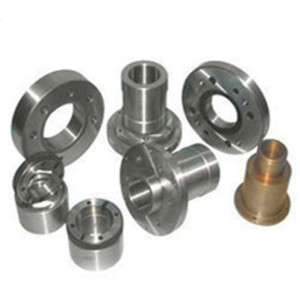
Here’s a detailed explanation of Magnetic Particle Testing (MT) methods for metal components: 1. Basic Principle Ferromagnetic Materials Only: Works on iron, nickel, cobalt, and their alloys. Magnetic Flux Leakage: When the component is magnetized, surface/near-surface defects disrupt magnetic field lines, creating “flux leakage.” Particle Accumulation: Magnetic particles (dry powder or wet suspension) cling to flux leakage zones, […]
What Is Sand Blasting?
Sand Blasting is the process of smoothing a surface with abrasive materials, like sand, ceramic grit, or aluminum oxide. The abrasive materials are pushed out at a high velocity with compressed air. Historical Context The origins of sand blasting trace back to 1870, when Benjamin Chew Tilghman patented the process. Since then, the technique […]
Factors That Can Affect a Charpy Impact Test
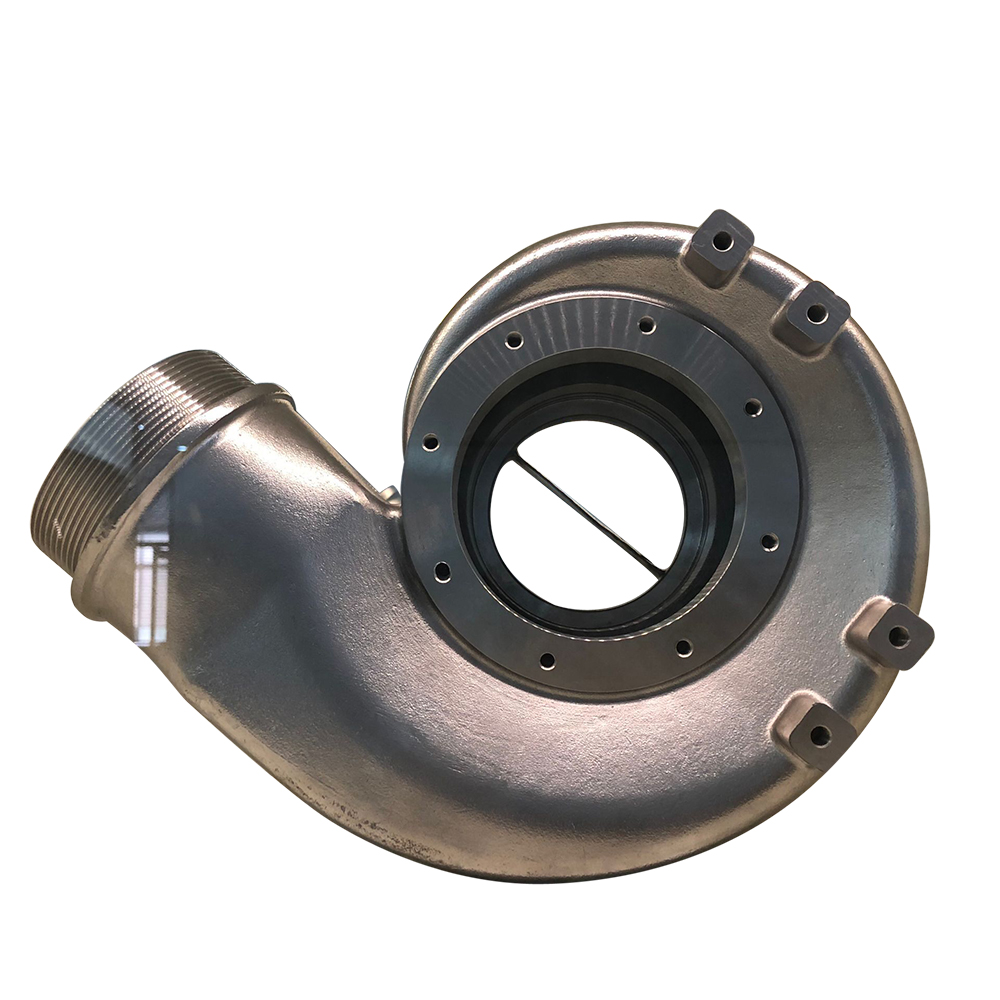
Yield Strength In general, as a material’s yield strength increases, its impact energy will decrease. In other words, materials with higher yield strength will generally have lower toughness. Materials that can plastically deform before ultimate failure are considered to be tougher. Notch The V-notch specimen is used when the material is brittle and a U-notch specimen is […]
Carbon Steel vs. Alloy Steel in CNC Machining

Carbon and alloy steels are two (2) of the most used types of steels in CNC machining. But do you know their primary differences? We’ve listed some of the most common differences between them so you become aware of how you can use them differently and similarly. They differ in composition. Alloy steel usually has […]
Rust-preventive Packaging Methods for Metal Parts
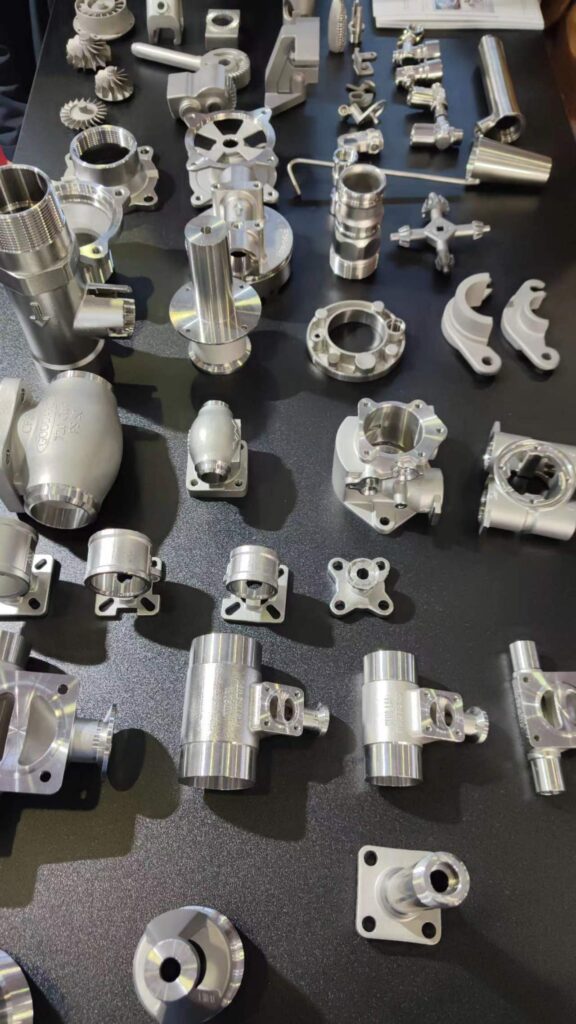
Here are common rust-preventive packaging methods for metal parts: VCI (Vapor Corrosion Inhibitor) Packaging: Method: Uses paper, film, foam, or chips infused with volatile corrosion inhibitors that vaporize and form a protective molecular layer on metal surfaces. Benefits: Contact-free protection (no oily residue), easy to use, effective for complex shapes and cavities, reusable if resealed, clean removal […]
Benefits of Utilizing CNC Machining for Steel
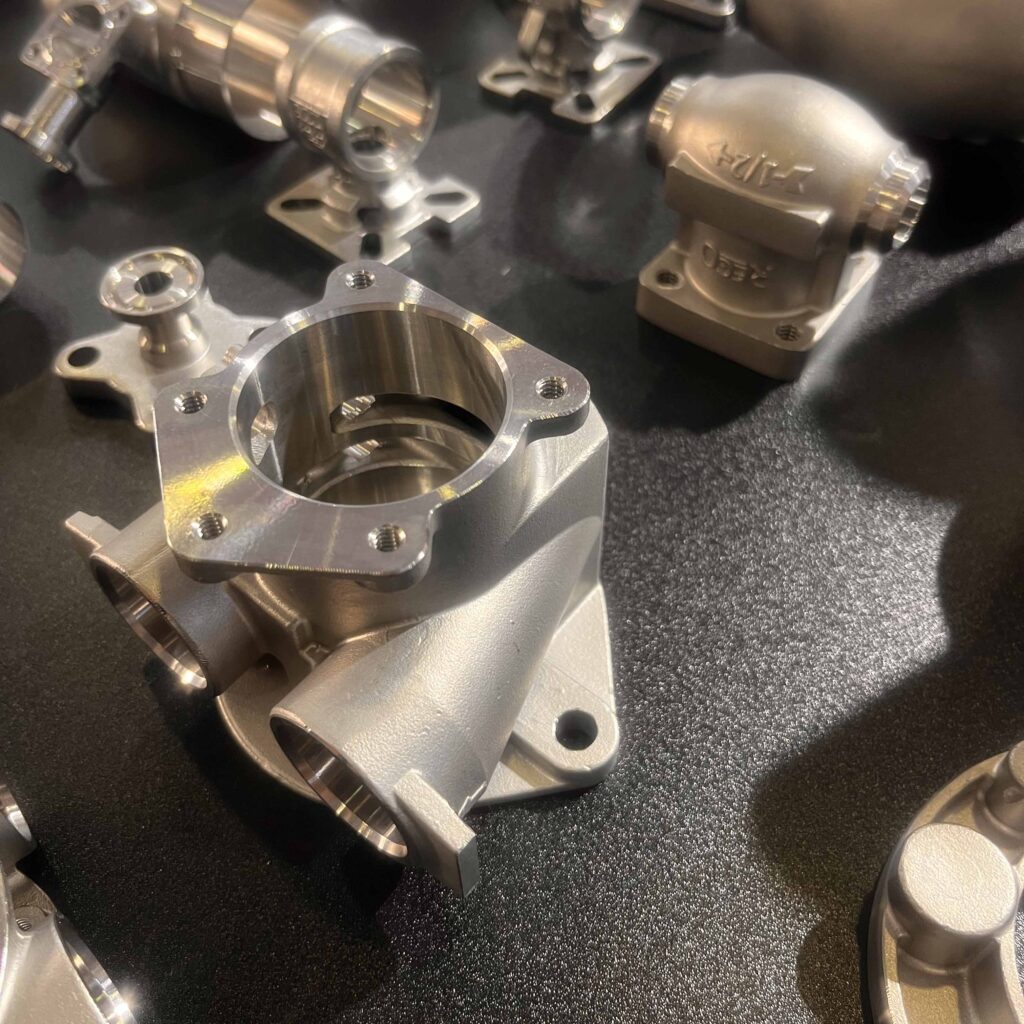
CNC machining offers several advantages when working with steel. Precision is a key benefit, as computer-controlled machining ensures accuracy in intricate designs and tight tolerances. This results in high-quality, consistent components. The versatility of CNC machining allows for the production of complex and customized steel parts, meeting diverse industrial requirements. Efficiency is another notable advantage, […]

